What are the types of post-tensioning systems?
In the realm of structural engineering, post-tensioning systems have emerged as a pivotal technique, revolutionizing the way we approach the construction of buildings and infrastructure. This article is your comprehensive guide to the various types of post-tensioning systems, shedding light on their unique characteristics and applications.
What is Post-Tensioning?
Post-tensioning is a construction technique that involves applying tension to prestressing steel tendons after the concrete has been cast. This process enhances the performance of concrete structures by improving their load-carrying capabilities, durability, and overall longevity.
Different Types of Post-Tensioning Systems
1. Bonded Post-Tensioning Systems
One of the most widely used post-tensioning systems is the bonded post-tensioning system. In this method, the tendons are encased in a protective duct, filled with a high-strength grout. This bonding between the tendon and the concrete enhances the structural integrity of the system.
2. Unbonded Post-Tensioning Systems
In contrast, the unbonded post-tensioning system features tendons that are not physically bonded to the concrete. Instead, they are coated with a layer of corrosion-inhibiting grease or wax, allowing for flexibility and minimizing the risk of corrosion over time.
3. Monostrand Post-Tensioning Systems
The monostrand post-tensioning system utilizes a single tendon within a duct. This streamlined approach is often favored for its simplicity and cost-effectiveness, making it a popular choice in various construction projects.
4. Multistrand Post-Tensioning Systems
On the other hand, the multistrand post-tensioning system involves multiple strands grouped together within a single duct. This configuration provides greater control over the distribution of forces, making it ideal for complex and large-scale structures.
Additional reading:The Ultimate Guide to Lathe Tool Turrets
Which modern twist adds charm to cast iron staircases?
Exploring Innovative Tools: Are Automated Robots Revolutionizing Sheet Metal Installation?
Which Industries Can Benefit from Hydraulic Collet?
What is the difference between API trim 8 and trim 5?
What is casing insulator?
Revolutionizing Manufacturing: Unveiling OEM Prototype CNC Machining for Precision Engineering
5. External Post-Tensioning Systems
External post-tensioning systems involve placing tendons on the exterior of a structure. This method is often employed in situations where internal post-tensioning may be challenging, offering a versatile solution for enhancing the strength and stability of diverse constructions.
Applications of Post-Tensioning Systems
Post tensioning systems find applications in a myriad of structures, ranging from bridges and parking structures to high-rise buildings and stadiums. The versatility of these systems allows engineers to optimize designs for various architectural and engineering challenges.
Benefits of Post-Tensioning
The adoption of post-tensioning systems brings forth a plethora of benefits, including increased span length, improved crack control, and the ability to optimize material usage. These advantages make post-tensioning an attractive choice for forward-thinking architects and engineers.
Factors Influencing System Selection
When determining the most suitable post-tensioning system for a project, factors such as the type of structure, budget constraints, and construction timeline play a pivotal role. Careful consideration of these elements ensures optimal performance and cost-effectiveness.
Conclusion
In conclusion, the world of post-tensioning systems is vast and varied, offering solutions tailored to the unique demands of each construction project. Whether it's the bonded reliability of the bonded system, the flexibility of the unbonded system, or the streamlined approach of monostrand, the right choice depends on a careful analysis of project requirements.
Additional reading:Efficiently Unblock Any Pipe with Anti-Blocking Sparger
Which Design Innovations in Etched Stainless Steel Sheets Grade 316L are Making Waves?
Which sub-assembly production method offers the highest ROI?
Unveiling the Top Special Valve Exporter
The Complete Guide: Fixing Screwed Flange in 5 Simple Steps!
The Latest Tech Trends: Exploring wintech-t.com
How do you estimate powder coating?
200
0
0
Related Articles
-
66
0
0
-
48
0
0
-
172
0
0
-
Which Wellhead API 10D Ball Screw Gate Valve Design is Revolutionizing the Oil and Gas Industry?
Which Wellhead API 10D Ball Screw Gate Valve Design is Revolutionizing the Oil and Gas Industry?
187
0
0
-
138
0
0
-
199
0
0
-
193
0
0
-
152
0
0


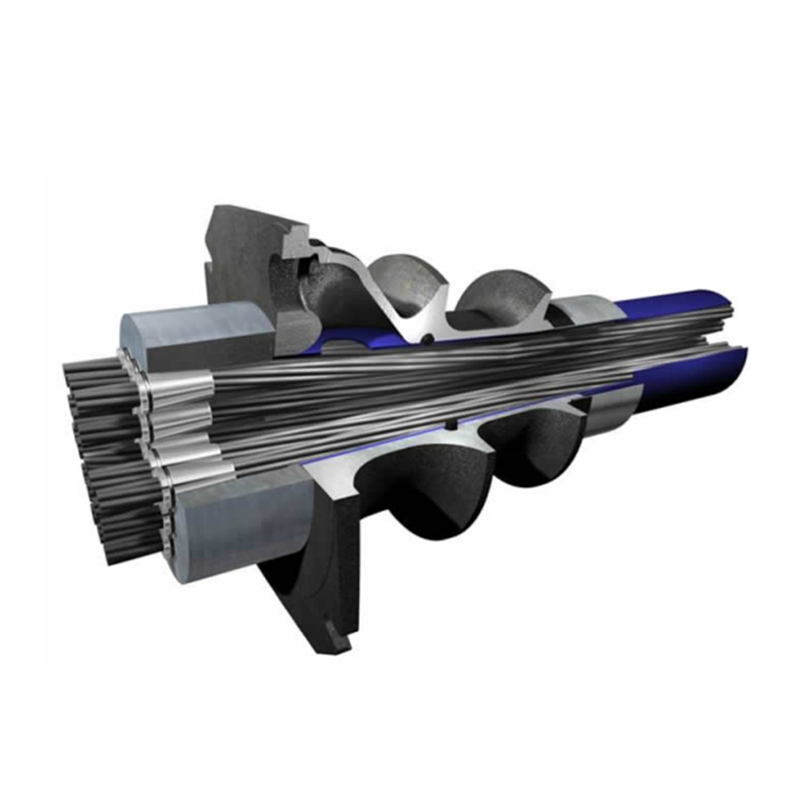
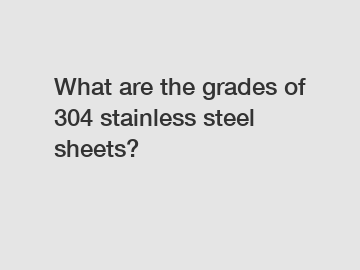
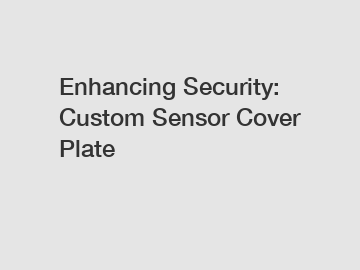
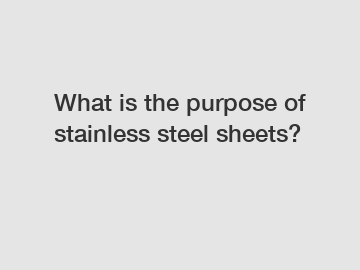
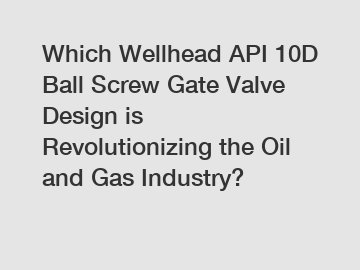
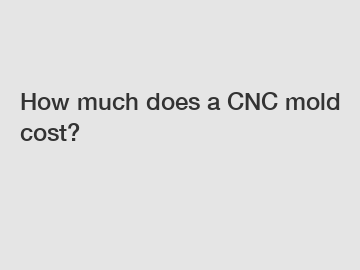
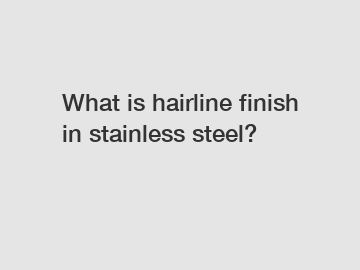
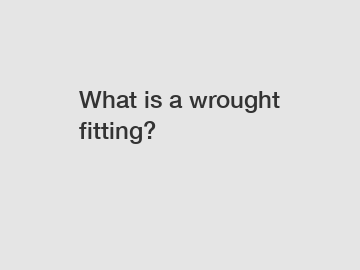

Comments
All Comments (0)